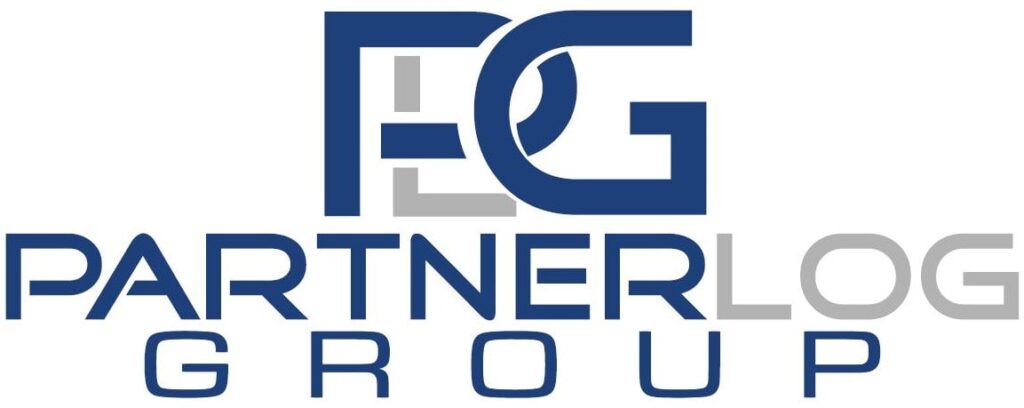3 PL Vs 4 PL: The Layers of Logistics Explained
Business managers have to walk the tightrope wherein they have to assign tasks to the right person/entity and maintain tight control over business operations. The world of logistics is no exception to this rule. Companies incur huge amount of costs on logistics and yet falter as there are not conversant with the nuances of the trade.
As is true for many other facets of business, logistics can also be outsourced to other entities which enable the manager to focus on the core.
The quantum of work to be outsourced and the criticality of the operations will determine whether the company avails the services of a Third Party Logistics (3PL) or Fourth Party Logistics (4PL). Let’s understand the difference between the two entities.
Generally the distribution and logistics functions of a company are outsourced to a 3PL company. A 3 PL Company, in connivance with other shippers, would manage the logistics of another company. Simply put, a 3 PL Company would manage activities like warehousing, inventory management, cross-docking, packaging and freight forwarding.
General, the 3 PL Company is deeply entrenched throughout the country and therefore it is feasible for the client to serve its customers even in remote areas. For instance, Company A manufactures soaps that are to be sold in the rural belt of the country. It may appear to be an insurmountable task for the manufacturer to set up such an extensive distribution channel and ensure that the soap is transported to all the retailers. This task can be outsourced to a 3 PL which has the necessary expertise and wherewithal to carry out this function in a cost effective manner.
On the other hand, a 4PL company has a much wider gamut of services which includes 3PL. A 4 PL company would build up capabilities, garner resources and technologies and provide complete supply chain situations. Typically, a 4PL company will take over the entire supply chain functions of an organization or would manage a side business on the sidelines of the primary business.
For instance, Company B is the importer of construction equipment and machinery. The importer sells this machinery to different clients spread throughout the country. As part of its business, the importer needs to provide installation services, spare parts, AMC support and onsite maintenance. All these services may be rendered by a 4 PL company. In many cases, the 4 PL Company assumes the role of a constant to the principle company simply because of the quantum and importance of work handled by it.
At present companies are looking at 4PL service providers who could take on the mantle of a complete supply chain integrator. By outsourcing work to an agency that could design, build and operate a comprehensive supply chain, companies could cut costs drastically. It is pertinent to mention that the only objective of hiring a 4 PL company is not to rein in cost. A 4 PL company would bring in new ideas, different perspectives and diverse tactics to carry out supply chain operations. Such renewed processes and procedures tend to give the parent organization competitive advantage.
Organizations need to remember that the decision to hire a 4 PL should be a well thought one. It should not be taken only because the other organizations in the industry are outsourcing to the 4 PL Company. There is a possibility that the organization already has a robust supply chain mechanism which does not need any alteration whatsoever.

